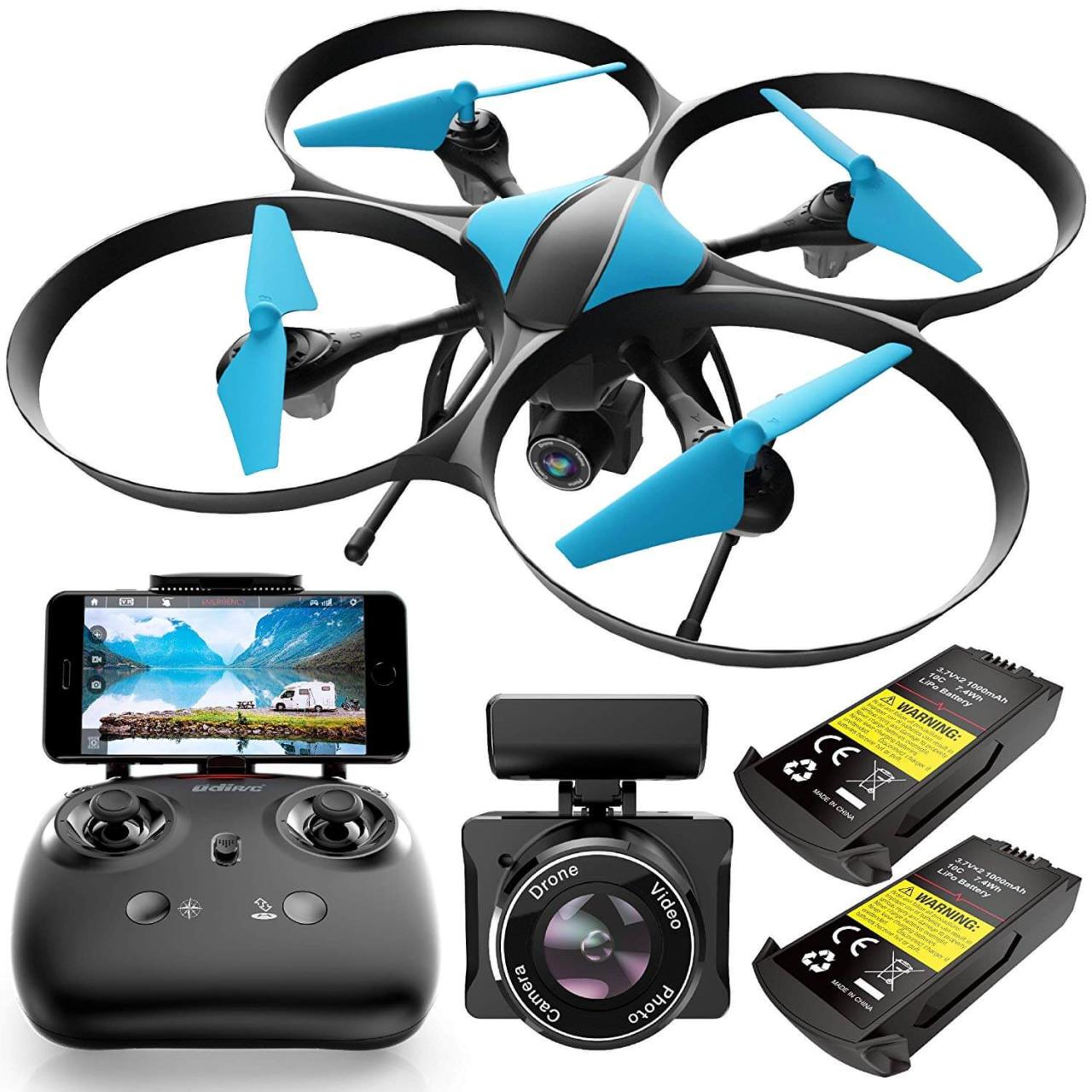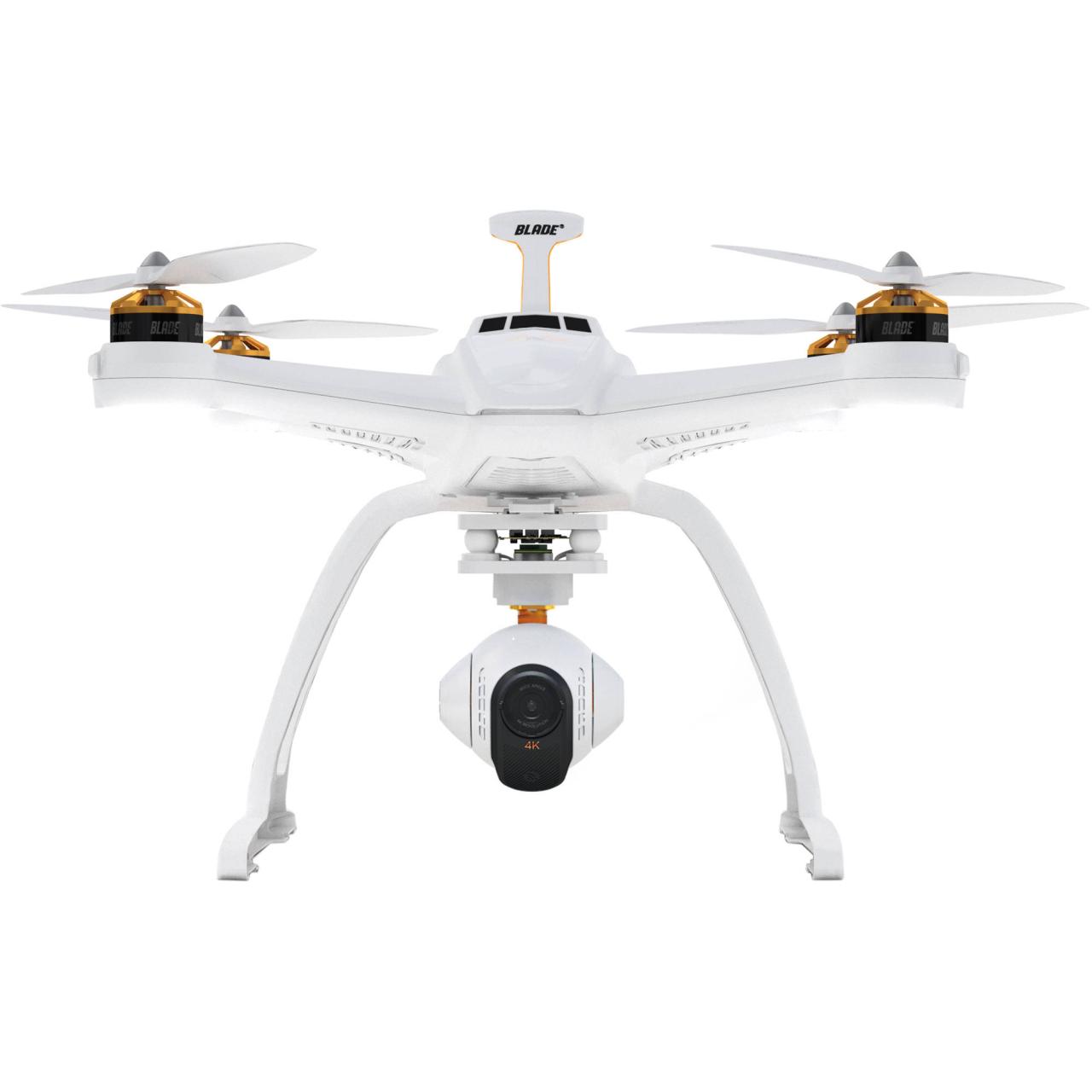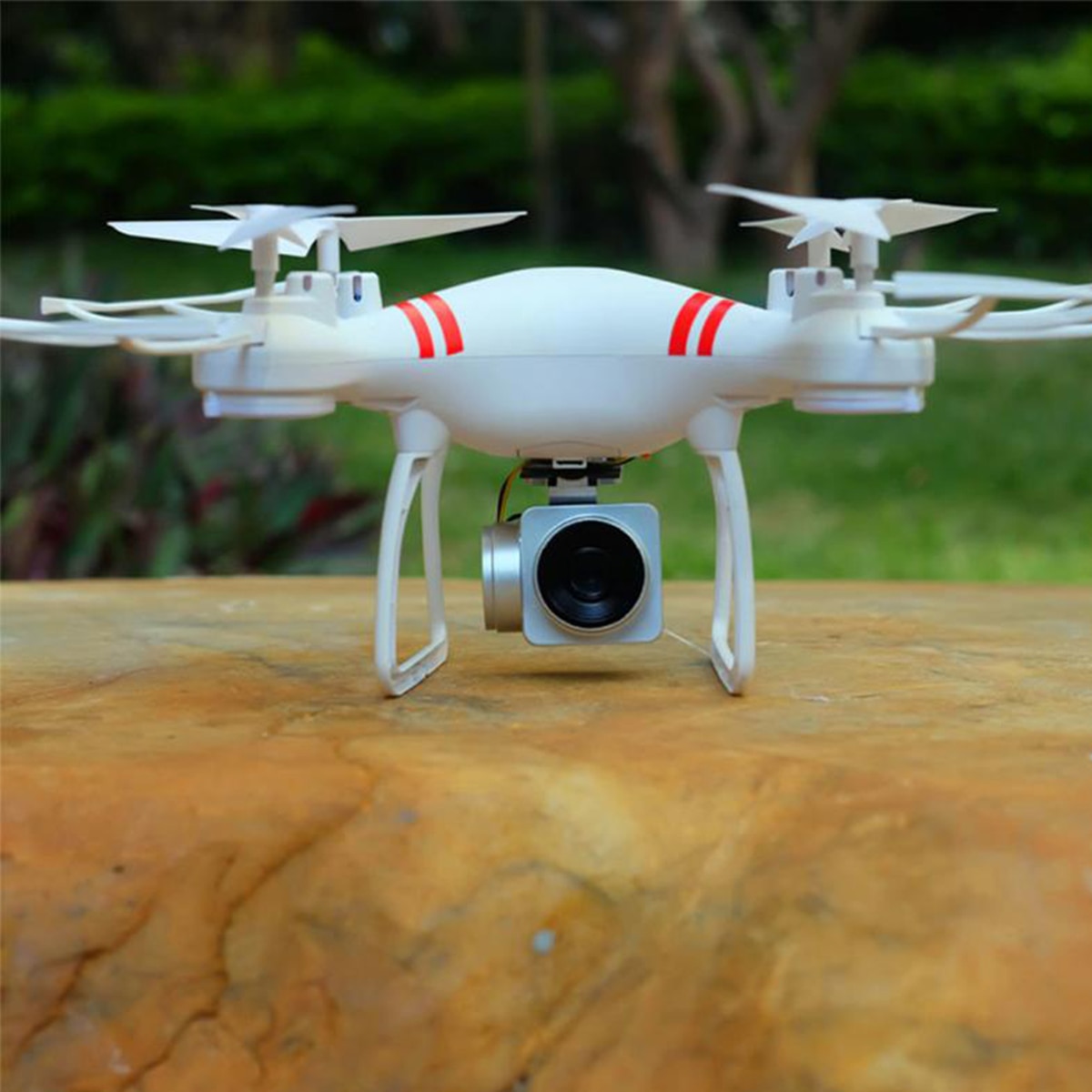Drone with camera technology has revolutionized numerous industries, offering unprecedented perspectives and capabilities. From capturing breathtaking aerial footage for filmmaking to conducting precise inspections in construction, these versatile devices are transforming how we view and interact with the world. This guide delves into the diverse types of drones available, exploring their camera technologies, applications, and safety considerations. We’ll also cover essential post-processing techniques and explore helpful accessories to enhance your drone photography and videography experience.
We’ll examine various drone models, comparing their features, performance, and price points, providing a detailed overview of the camera technology, including sensor types, image processing techniques, and lens options. Understanding these aspects is crucial for making informed decisions when choosing a drone tailored to your specific needs and budget. The guide also highlights legal and safety protocols to ensure responsible and compliant operation.
Types of Drones with Cameras
The world of drone cameras is vast and varied, offering a wide range of options to suit different needs and budgets. Understanding the different types available, based on their camera capabilities, is crucial for making an informed purchase. This section categorizes drones based on camera resolution, stabilization, and zoom capabilities, providing examples and specifications.
Drone Categories Based on Camera Capabilities

Drones are categorized based on several key camera features, including resolution, image stabilization, and zoom capacity. Higher resolution cameras capture more detail, while effective stabilization ensures smooth footage, even in challenging conditions. Zoom capabilities allow for versatile shooting, from wide shots to close-ups.
| Type | Brand | Key Features | Price Range |
|---|---|---|---|
| Entry-Level | DJI Mini 3 Pro | 4K/60fps video, 3-axis gimbal, 3x optical zoom | $700 – $1000 |
| Mid-Range | Autel EVO Nano+ | 48MP camera, 8K video, 3-axis gimbal, obstacle avoidance | $1000 – $1500 |
| Professional | DJI Mavic 3 | 5.1K video, Hasselblad camera, 28x hybrid zoom, advanced flight features | $2000+ |
| High-End | DJI Inspire 3 | 8K video, dual camera system, interchangeable lenses, advanced flight control | $10,000+ |
Flight Performance and Camera Weight
Heavier cameras can impact flight performance. Increased weight leads to reduced flight time, lower maneuverability, and potentially higher power consumption. Lighter cameras allow for longer flight times and more agile maneuvers, but may compromise image quality in some cases. For instance, a DJI Mini 3 Pro, with its relatively lightweight camera, offers extended flight times compared to the DJI Inspire 3 with its larger, heavier camera system.
The trade-off between image quality and flight performance is a key consideration when choosing a drone.
Camera Technology in Drones
Understanding the technology behind drone cameras is essential for appreciating the image quality and capabilities. This section explores the different sensor types, image processing techniques, and lens types commonly used.
Drone Camera Sensor Types
Two primary sensor types are used in drone cameras: CMOS (Complementary Metal-Oxide-Semiconductor) and CCD (Charge-Coupled Device). CMOS sensors are now more prevalent due to their lower power consumption, faster read speeds, and ability to integrate more easily with image processing circuitry. CCD sensors, while offering potentially higher image quality in certain conditions, are less energy-efficient and more expensive.
Image Processing Techniques
Drone cameras utilize various image processing techniques to enhance image quality. Noise reduction algorithms minimize graininess in low-light conditions, while sharpening algorithms enhance details and contrast. Other techniques, such as HDR (High Dynamic Range) imaging, expand the range of tones captured in a single image, resulting in more lifelike colors and detail in high-contrast scenes.
Drone Camera Lens Types
The choice of lens significantly impacts the captured image. Wide-angle lenses are ideal for landscape photography, capturing a broad field of view. Telephoto lenses allow for close-up shots of distant subjects, useful for wildlife photography or surveillance. The advantages and disadvantages of each lens type should be considered based on the intended application.
Applications of Drones with Cameras

Drones with cameras have revolutionized various industries. Their versatility and accessibility have opened up new possibilities for data acquisition and visual representation. The following examples highlight the diverse applications across different sectors.
Diverse Drone Camera Applications
- Agriculture: Drones equipped with multispectral or thermal cameras monitor crop health, identify areas needing irrigation or fertilization, and assess overall field productivity. This allows for precision agriculture, optimizing resource use and maximizing yields.
- Construction: Drones provide aerial site surveys, progress monitoring, and safety inspections, minimizing risks and streamlining workflows. High-resolution images and videos allow for detailed analysis of project progress and potential hazards.
- Filmmaking: Drones offer unique perspectives and dynamic shots, enhancing the visual storytelling capabilities of filmmakers. Their maneuverability and stability enable capturing breathtaking aerial footage for movies, documentaries, and commercials.
- Real Estate: Drones provide stunning aerial photography and videography for property listings, showcasing properties from unique angles and highlighting their features and surroundings. This enhances marketing efforts and attracts potential buyers.
- Search and Rescue: Drones equipped with thermal cameras can locate missing persons in challenging environments, such as dense forests or rugged terrains. The thermal imaging capability allows for detection of body heat, even in low-light conditions or obscured areas.
Hypothetical Search and Rescue Scenario
Imagine a hiker lost in a dense forest after nightfall. A search and rescue team deploys a drone equipped with a thermal camera. The drone systematically scans the forest floor, its thermal camera detecting the hiker’s body heat amidst the cooler environment. The drone’s GPS coordinates pinpoint the hiker’s location, guiding the rescue team to their exact position, potentially saving their life.
Drone Camera Image and Video Quality
Achieving high-quality images and videos with a drone camera requires understanding the key factors influencing image quality and adjusting camera settings accordingly.
Best Practices for High-Quality Drone Footage, Drone with camera

Several factors significantly influence the quality of drone footage. Optimal lighting conditions are crucial; avoid harsh midday sun and utilize the golden hour (sunrise and sunset) for softer, more flattering light. Maintaining stable flight is essential for smooth footage; minimize wind effects and utilize intelligent flight modes. Proper camera settings, such as ISO, shutter speed, and aperture, should be adjusted based on the lighting conditions and desired depth of field.
Optimizing Camera Settings
In low-light conditions, increase the ISO to allow more light into the sensor, but be mindful of increased noise. In bright sunlight, reduce the ISO and use a faster shutter speed to prevent overexposure. Adjust the aperture to control depth of field; a wider aperture (lower f-number) results in a shallower depth of field, blurring the background, while a narrower aperture (higher f-number) results in a greater depth of field, keeping the entire scene in focus.
Safety and Legal Considerations
Operating a drone with a camera involves safety and legal responsibilities. Understanding and adhering to regulations is crucial for responsible drone operation.
Safety and Legal Guidelines
Before operating a drone, familiarize yourself with local and national aviation regulations. Register your drone with the appropriate authorities, obtain necessary permits, and always maintain visual line of sight with your drone. Avoid flying near airports, crowded areas, or restricted airspace. Respect privacy and avoid filming individuals without their consent.
Safety Checklist
Before Flight: Check battery levels, inspect drone for damage, plan flight path, check weather conditions, confirm airspace authorization.
During Flight: Maintain visual line of sight, avoid obstacles, monitor battery levels, be aware of surroundings, respect airspace restrictions.
After Flight: Secure drone, download footage, review flight log, inspect drone for damage, store batteries safely.
Drone Camera Accessories and Upgrades
Various accessories and upgrades enhance drone camera functionality and image quality. Choosing the right accessories depends on individual needs and budget.
Drone Camera Accessories and Upgrades
| Accessory/Upgrade | Description | Benefits | Cost |
|---|---|---|---|
| ND Filters | Reduce light entering the camera lens | Allow for wider apertures in bright conditions, enabling shallower depth of field | $20 – $100 |
| Gimbal | Stabilizes the camera during flight | Produces smoother, more stable footage | Varies depending on drone model |
| Higher Resolution Sensor | Captures images with more detail | Improved image quality and larger prints | Varies depending on upgrade |
| Better Lenses | Improved optics for sharper images | Enhanced image clarity and reduced distortion | Varies depending on lens type |
Post-Processing Drone Footage
Post-processing enhances the visual appeal of drone footage. Software tools are used to correct issues and improve the overall look of images and videos.
Post-Processing Techniques
Common post-processing steps include color correction, adjusting exposure and contrast, sharpening images, and stabilizing shaky footage. Software like Adobe Premiere Pro, DaVinci Resolve, and Adobe Photoshop are commonly used for editing drone videos and images. Techniques like color grading can be used to create a specific mood or atmosphere. Stabilization tools compensate for minor camera shakes during flight, producing smoother, more professional-looking footage.
Addressing issues such as lens distortion and color fringing further enhances the final product.
Ultimately, the world of drone with camera technology is dynamic and constantly evolving. As technology advances, so too will the capabilities and applications of these incredible devices. By understanding the fundamental principles, safety protocols, and post-processing techniques, you can harness the power of drone photography and videography to achieve remarkable results, whether for professional or personal use. This guide provides a solid foundation for navigating this exciting field and unlocking its vast potential.
FAQs: Drone With Camera
What is the flight time of a typical drone with a camera?
Flight time varies greatly depending on the drone model, battery size, and environmental factors (wind, temperature). Expect anywhere from 15 to 45 minutes on a single charge.
How do I store my drone and camera safely?
Store your drone in a cool, dry place away from direct sunlight and extreme temperatures. Use a protective case or bag to prevent damage during transport.
Drones equipped with high-resolution cameras offer unparalleled aerial perspectives, proving invaluable for various applications. For instance, monitoring challenging terrains like the Coquihalla Highway benefits greatly from such technology; consider the real-time weather data provided by the coquihalla weather camera , which could easily be supplemented by a drone’s ability to capture broader views. Ultimately, the integration of drone technology with advanced camera systems promises improved data collection and analysis in diverse environments.
What is the best software for editing drone footage?
Popular options include Adobe Premiere Pro, DaVinci Resolve, and Final Cut Pro. Many free and paid options exist depending on your skill level and needs.
Drones equipped with cameras offer incredible versatility, from aerial photography to inspection work. For those seeking a high-quality option in Canada, consider the capabilities of the black falcon 4k drone canada , known for its impressive 4K video recording. Ultimately, the choice of drone with camera depends on individual needs and budget, but the available options are constantly expanding.
Are there any weight restrictions for drones?
Yes, regulations vary by location. Check your local laws regarding drone weight and registration requirements before flying.
